Fieldwork
This listing expired on July 29, 2018. Please contact cepoat@um.es for any updated information.
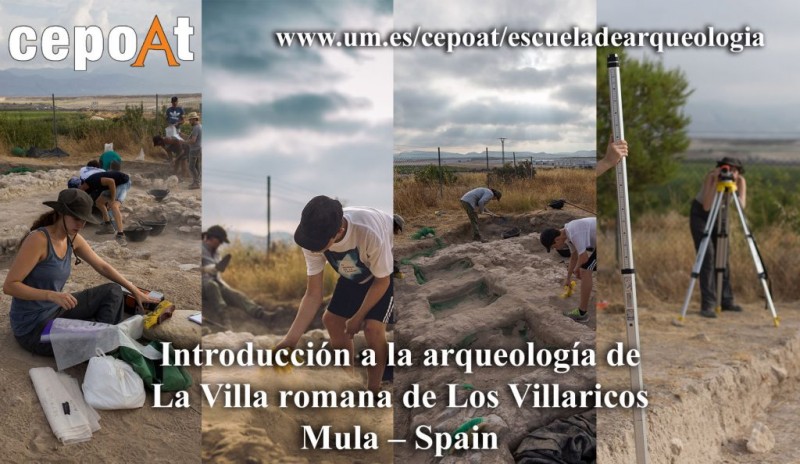
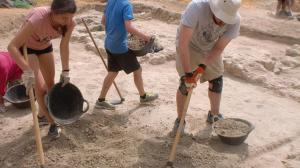
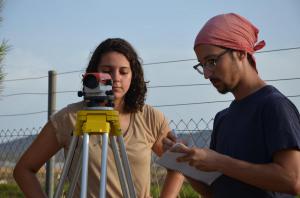
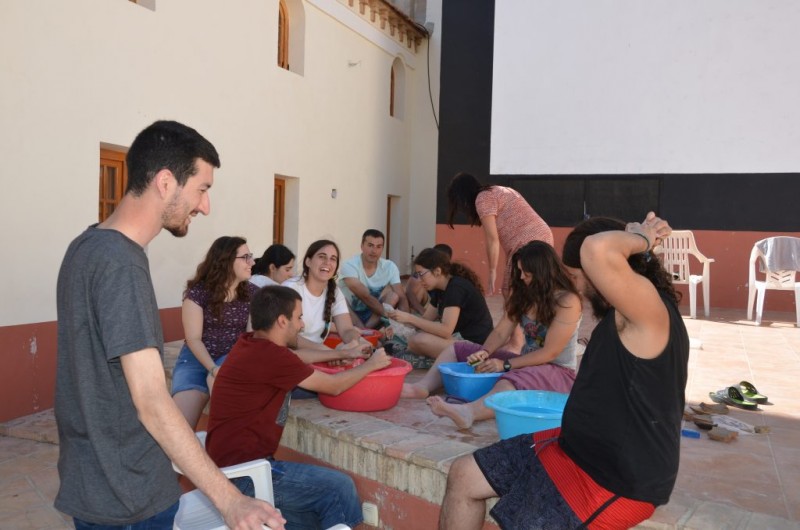
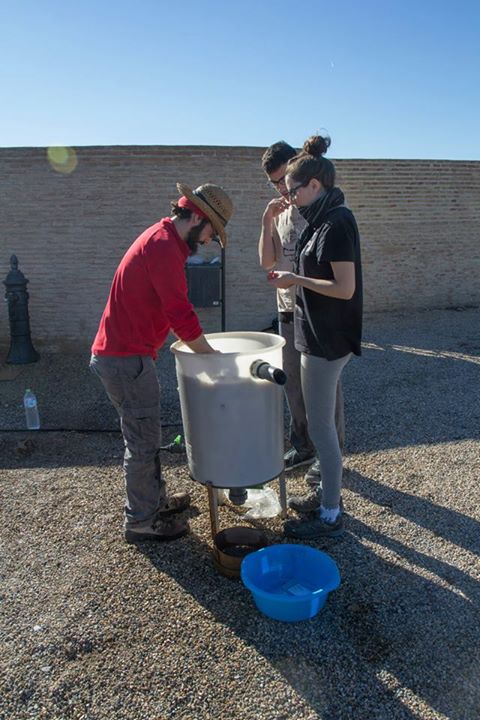
Location: Murcia, MU, ES
Season: July 15, 2018 to July 29, 2018
Session Dates: July 15th 2018 to July 29th 2018
Application Deadline: July 3, 2018
Deadline Type: Exact date
Website: http://www.um.es/cepoat/schoolofarchaeology/?page_id=111
Discount for AIA members: No
Program Type:
Field school
RPA Certified:
no
Affiliation:
Murcia University
Project Director:
Dr. Rafael González Fernández, Professor of Ancient History at the University of Murcia, Spain. Professor of Ancient History at the University of Murcia. His main lines of research are the Byzantine world, the ancient Christianity and Latin epigraphy. He completed his doctoral thesis on The ideological structures of Emperor Justinian in the Codex Iustinianus. He is the director of the Center for Middle Eastern Studies and Late Antiquity – CEPOAT. He is also the director of the series: Antiquity and Christianity and Murciana Journal of Anthropology.
Project Description:
This course is aimed at students and people interested in archaeology who wish to participate with us in this archaelogical course at Los Villaricos Villa, located 5km East of the city of Mula, in Murcia (Spain). You will be able to study firsthand the model of rural settlement in roman times: the Villae.
This settlement consists of a large building with many rooms dedicated to various functions, among which we distinguish a residential area with bedrooms most of which have beautiful geometric mosaics and a thermal resort, as well as an industrial and working area such a mill or torcularium with its pressing area, its pipelineas and its storage rooms for wine and olive oil. Due to the re-utilization and transformation of the villa from the last first century AD until the end of the V century AD, the area undergoes through various changes, most notably the aptation of a room to create an apsidal (probably for religions reasons and functions) and a necropolis of a later period.
The Archaeology course we offer is a comprehensive training course in fundamental aspects such as stratigraphy, GIS, photogrammetry, CAD, topography, field drawing, inventory of materials, etc.
The developed program is as follows:
1. Introduction to archaeology.
2. Methods and techniques of archaeological excavation.
3. The archaeological field drawing.
4. The layout of the site: basic principles of surveying, leveling and total station.
5. The recording of archaeological remains: materials inventory.
6. Ceramics: Roman pottery.
7. The technical drawing of archaeological materials.
8. Computer Management archaeological record: drafsigth, inkscape, gimp, databases, etc.
9. SIG. Applications to the archaeology of the area.
10. Preventive conservation and restoration of sites.
11. Presentation of results: writing memoirs, interpretation and publications.
The daily agenda is as follows:
Daily field activities: The course is divided into different activities throughout the day. On the first day will be given an explanation of the site, structures and phases, and the intervention project for students to be aware at all times of what to do and plan prior to an excavation. The working system will also be divided between mornings and afternoons, in order that students will go through each and every phase of the archaeological excavation and be able to acquire the basic knowledge and methodology necessary to undertake any archaeological intervention.
The course is developed within the concept of an International Course, so the vehicular languages will be English and Spanish. We will have at all times archaeologists and bilingual coordinators, who will give explanations in English and Spanish, so that students will be able to enjoy the opportunity to learn and improve their Spanish on this bilingual course.
The site is a clear example of the model of a rural Roman settlement, as well as a sample of prolonged use and reuse suffered by many buildings. In the village differ up to 43 different spaces, which can be divided into:
Residential room Area: formed by various structures (courtyards, corridors and rooms of various sizes) of a light residential use. Among these we can highlight the mosaic tiles and the thermal resort. In one of the great halls of rectangular in shape,polychrome geometric mosaic type tesellatum opus were excavated but unfortunately they were in a very poor condition, although they have been restored since. This room must have been the source oeci or triclina, whose floor belongs to the fourth century AD. Also in this room were found fragments of ceramics in the levels of collapse belonging to the fifth-eighth century AD, as well as some paleo-Christian lamps decorated with crismones. Some mosaic remains were also found in rooms many rooms.
Workspace or industrial area: The Northeast rooms were dedicated to the olive complex, ie the recollection, processing and storage of oil. This area was called torcularium. In this area we found an olive press, piping, settling tanks and a large industrial unit that serves as storage for the olive oil production.
Necropolis: The central patio area as well as the corridor and rooms around it were reused as a necropolis at a later occupation of the building. We can find several types of burials that demonstrate the use and reuse of the site over a long period of time. Some graves are made of pottery, brick, stone, stone and slabs with mortar preparation.
Building apsidal: We can highlight the existence of room No. 43, to the West of the complex, 9.80 × 6.95 m, added in a later period in the form of apsidal structure.
Experience required:
No experience is required but preference is given to undergraduate and graduates studying relevant fields of knowledge but other people interested in this field are also welcome.
Room and Board Arrangements
El Matadero, youth hostal, Mula, Spain.This hostel offers group rooms, showers, toilettes, laundry facilities and bedding. It is full board. If there are any vegetarians or anybody with any kind of allergy should inform us as soon as possibly.
Buses to Mula can be reached every hour from the bus station in Murcia.
Cost:
200 Euros Fees include: Room and Board• Seminars• Health insurance•Administrative costs. Fees do not include excursions, airfares nor arrival transport. Travel and medical insurance: Participants are covered by an insurance policy through the University of Murcia (which is included in the course), which provides: medication, treatment and prescription, surgical and accident or sudden illness, although travel insurance is recommended. In case of cancellation of this course, the enrollment fees will be refunded, but we do not reimburse air travel fares nor expenses. For European students is recommended European Health insurance card.
Academic Credit
Name of institution offering credit:
Murcia University
Number of credits offered The university of Murcia will credit you with 5 ECTS for a 125 hours certificate.
Tuition:
125 hour course
Period(s) of Occupation: Early Roman Period
Notes:
This course is aimed at students and people interested in archaeology who wish to participate with us in this archaeological course at Los Villaricos Villa, located 5km East of the city of Mula, in Murcia (Spain). You will be able to study firsthand the model of rural settlement in roman times: the Villae.
Project Size: 1-24 participants
Minimum Length of Stay for Volunteers: 2 weeks
Minimum Age: 18
Experience Required: No experience is required but preference is given to undergraduate and graduates studying relevant fields of knowledge but other people interested in this field are also welcome.
Room and Board Arrangements:
El Matadero, youth hostal, Mula, Spain.This hostel offers group rooms, showers, toilettes, laundry facilities and bedding. It is full board. If there are any vegetarians or anybody with any kind of allergy should inform us as soon as possibly. Buses to Mula can be reached every hour from the bus station in Murcia. Cost: 200€
Academic Credit:
5 credits offered by University of Murcia. Tuition is Yes.
Jose Javier Martinez Garcia - Cepoat
Cepoat - Saavedra Fajardo University Building C / Actor Isidoro Máiquez 9
Murcia
Murcia
30007
Spain
Phone: 0034 666125197
The AIA is North America's largest and oldest nonprofit organization dedicated to archaeology. The Institute advances awareness, education, fieldwork, preservation, publication, and research of archaeological sites and cultural heritage throughout the world. Your contribution makes a difference.
Notifications